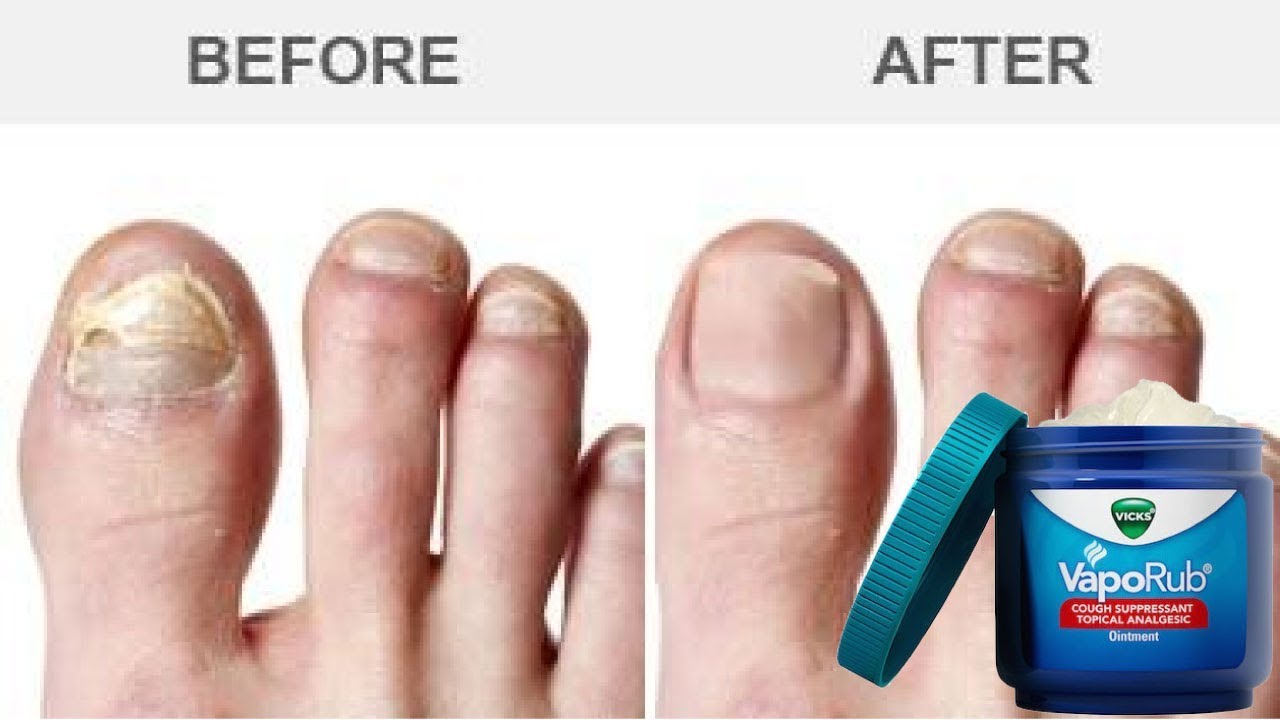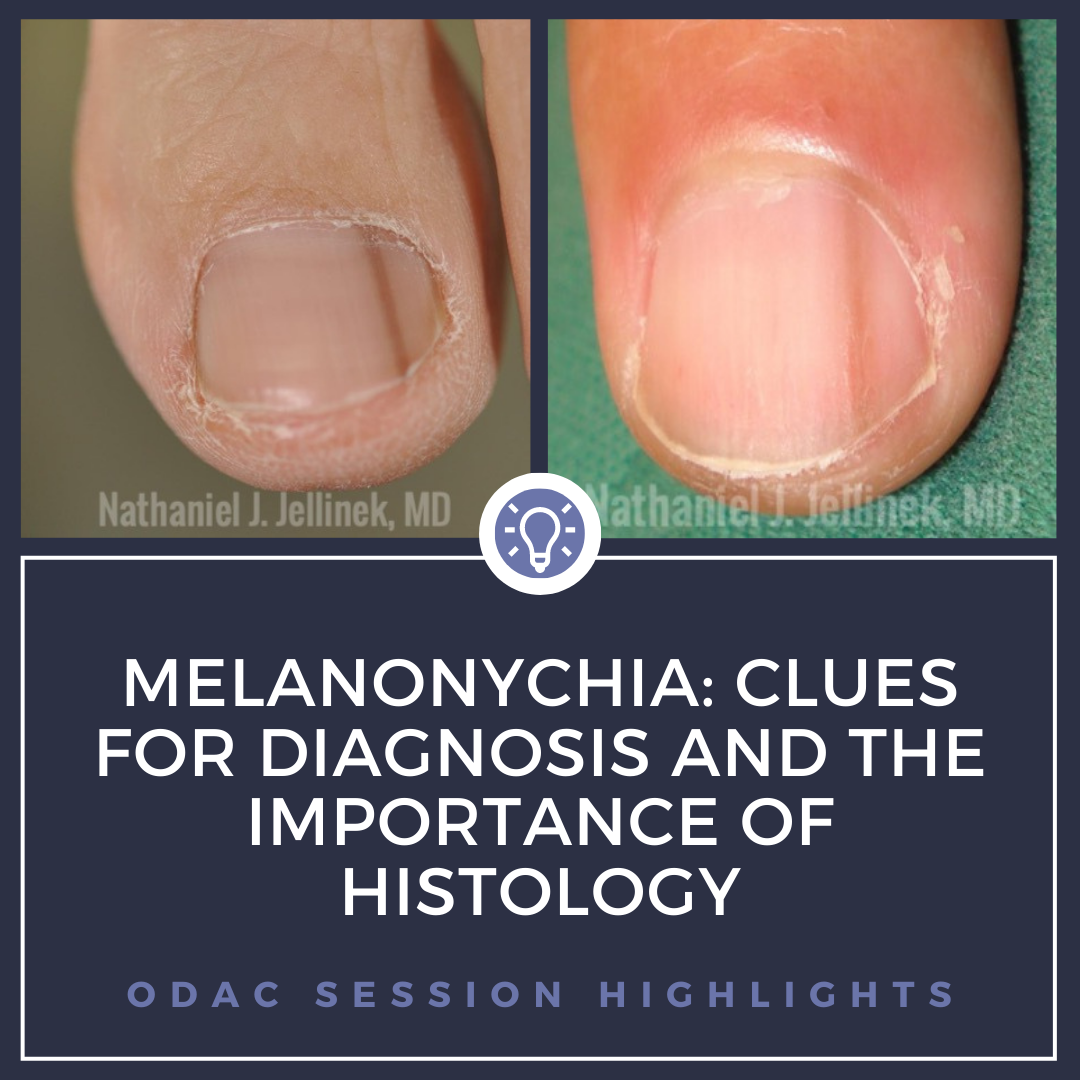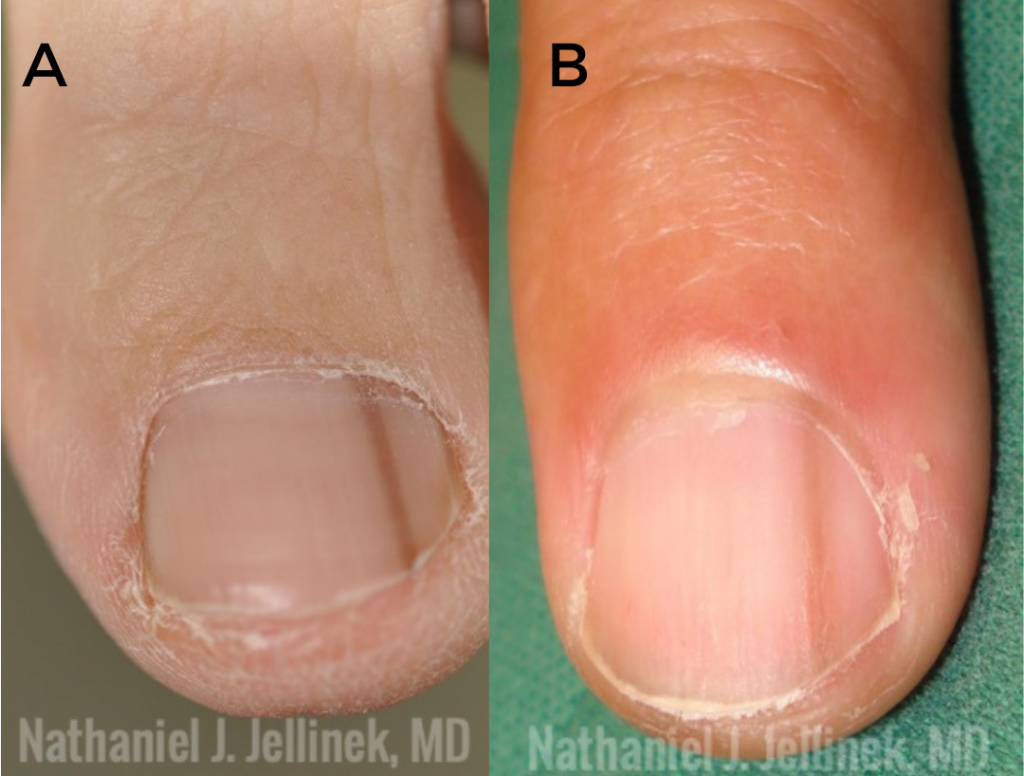Heartwarming Tips About How To Treat Melanonychia

There are different types of melanonychia.
How to treat melanonychia. It can be benign or malignant. The diagnosis of fm is occasionally difficult because it may clinically mimic melanonychia due to other causes,. What is the management of melanonychia?
If the cause is benign, the individual may not need treatment. Establish if the nail pigmentation is melanin or not. Melanonychia is a very worrisome entity for most patients.
The most concerning cause of melanonychia is subungual melanoma, although a variety of other causes includes physiologic longitudinal melanonychia, systemic disorders, trauma, inflammatory. Determine if the melanocyte proliferation is benign or malignant. The aetiology of melanonychia ranges from more common benign causes to less common invasive and in situ melanomas.
Jellinek when it comes to evaluating melanonychia is to utilize dermoscopy. The treatment for melanonychia depends on the cause. Open metrics abstract melanonychia is a very worrisome entity for most patients.
There are several pigment patterns on dermoscopy that have been identified to be more associated with subungual melanomas than with benign pigmentary lesions. The condition occurs when pigments in the nail known as melanocytes make excess pigment. It is characterized by brownish black discoloration of nail plate and is a common cause of nail plate pigmentation.
Treatments contacting a doctor diagnosis complications summary melanonychia refers to brown or black discoloration of the nail plate. The treatment options for melanonychia will depend on the primary cause. Fungal melanonychia (fm) is a rare nail disorder that presents with dark to brown pigmentation due to fungal infection of the nails.
The management of melanoma of the nail unit requires complete excision of the tumour and may require amputation of the digit. Melanoma of the nail unit is usually a variant of acral lentiginous melanoma, a malignant melanoma arising from the palms of the hands and soles of the. Commensurate with atypical clinical features, the histopathology may also appear alarming.
In case the width is larger at the start of the nail plate close to the cuticle then towards the end close to the fingertips, this indicates that the lesion is changing and could be an indicator of malignancy. Though there are no established guidelines or algorithms for evaluating melanonychia, a systematic stepwise approach has been suggested to arrive at a probable etiology. Atypical clinical features often raise the possibility of malignancy, and a nail unit biopsy may be recommended.
It may occur in either the fingernails or toenails. Linear melanonychia is considered a normal fingernail color variation. We, hereby, review the aetiology, clinical features, diagnostic modalities and management protocol for melanonychia.
Transverse melanonychia is like longitudinal melanonychia except the lines go side to side (transverse) across the nail instead of up and down (longitudinal). One of the first pieces of advice from dr. Melanonychia is a very worrisome entity for most patients.
















